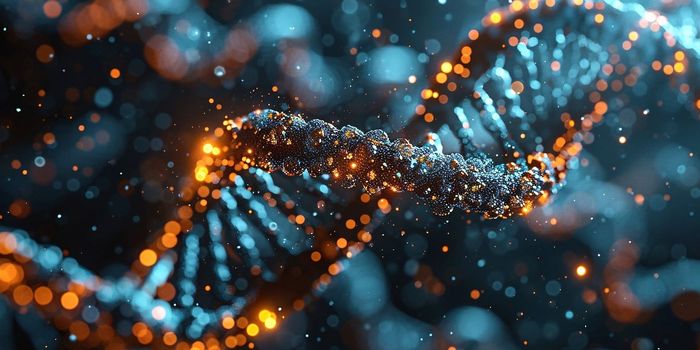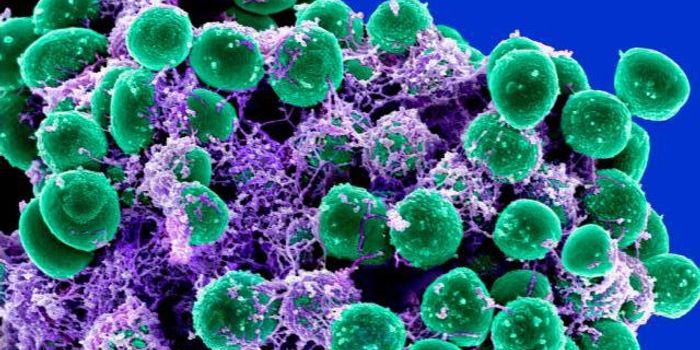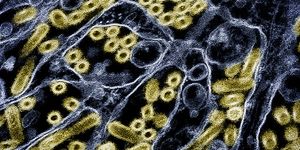Revealing the Biological Impact of Autism-Linked Genes
While some genes have been linked to specific disorders, it may not always be clear how changes in those genes can lead to disease. There have been many genes linked to autism spectrum disorder (ASD), for example, but their contribution to the disorder have been unclear. Researchers have now learned more about how genetic risks of autism can manifest as cellular changes in different parts of the brain and at different stages of development. The findings have been reported in Science.
Studying the human brain is, of course, extremely challenging, and mouse models can only tell us so much. Investigators have often had to rely to analyzing post-mortem brain samples from autistic individuals to learn more about how their brains are functionally or structurally different from neurotypical individuals. These types of studies usually analyze batches of tissues, and are not typically able to delve down to the single-cell level.
In this study, however, the researchers used advanced techniques that can assess gene expression in cells, one at a time. This approach can tell scientists a lot about how a specific type of cell is behaving at one point in time. The investigators were able to isolate nuclei from over 800,000 cells, which were collected from the post-mortem brain tissue of 66 people between the ages of two and 60. This group included 33 people who had been diagnosed with ASD, while the remainder were neurotypical people. The researchers were also able to match these ASD and neurotypical control samples by age, sex, and cause of death.
This effort revealed the primary cell types in the cortex that are involved in ASD, and this group was shown to include neuronal cell types as well as glial cells.
The researchers also determined that the most significant changes in ASD brains arose in neurons that link the two hemispheres of the brain and enable connectivity between different separate sections of the brain; this is a type of cell known as somatostatin interneurons, and they are related to brain circuitry maturation and refinement.
The investigators were particularly interested in identifying transcription factor networks (transcription factors help control the expression of genes) that were related to the observed changes in ASD brains. They determined that these networks were especially relevant to genes that have already been associated with ASD, and they unleash a variety of downstream changes in gene expression across specific subtypes of cells. The complex molecular pathways that have been identified in this work may help scientists develop better treatment approaches for ASD.
Sources: University of California Los Angeles, Science









